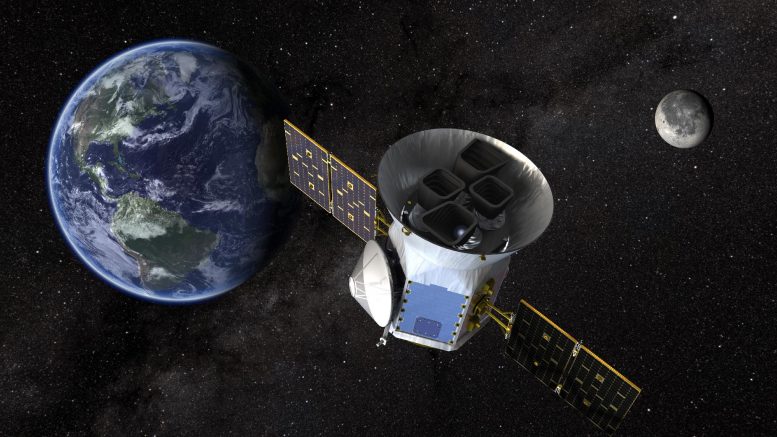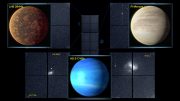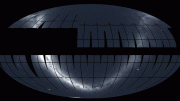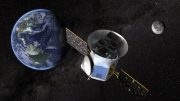
Illustration of NASA’s Transiting Exoplanet Survey Satellite (TESS) at work. Credit: NASA’s Goddard Space Flight Center
NASA’s Transiting Exoplanet Survey Satellite (TESS) entered into safe mode on Monday, October 10. The spacecraft is in a stable configuration that suspends science observations. A preliminary investigation has revealed that the TESS flight computer experienced a reset.
The TESS operations team reported that science data not yet sent to the ground appears to be safely stored on the satellite. Recovery procedures and investigations are underway to resume normal operations, which could take several days.
An exoplanet or extrasolar planet is any planet beyond our solar system. Although most orbit other stars, free-floating exoplanets, called rogue planets, orbit the galactic center and are not bound to any star.
TESS launched in April 2018 and has since discovered more than 250 exoplanets – worlds beyond our solar system – and thousands of additional candidates.
NASA promises additional updates as they become available.
TESS has been instrumental in many fascinating discoveries. Some of the most recent include:









Be the first to comment on "NASA’s Planet Hunter TESS Goes Into Safe Mode – What We Know at This Time"